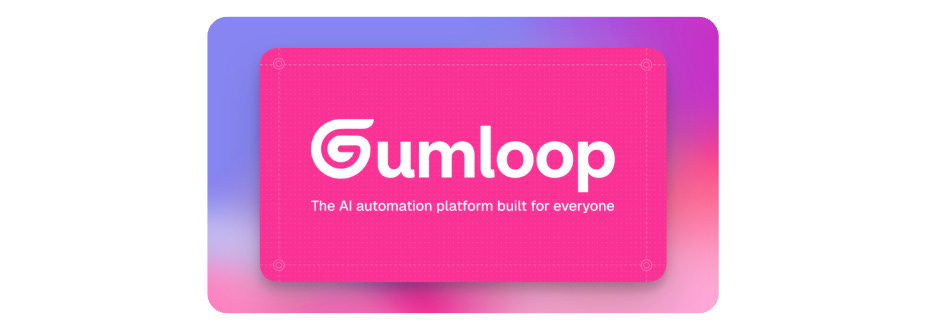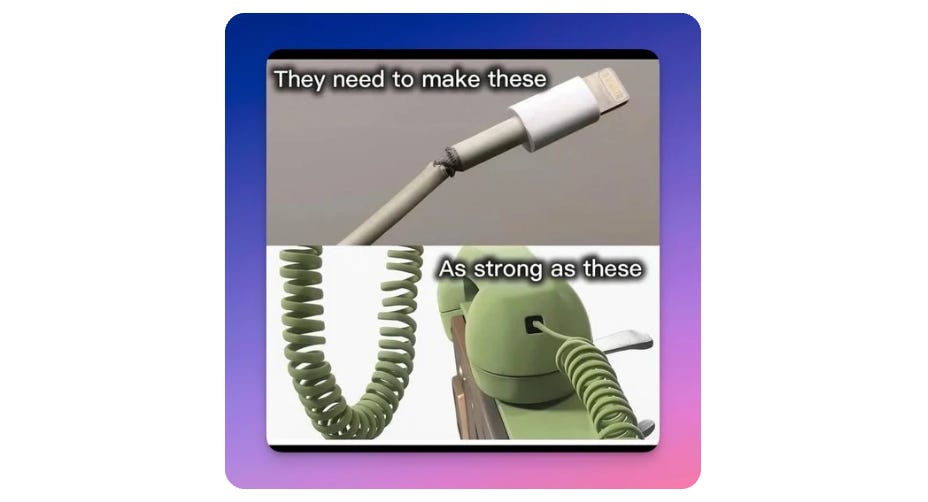✨ the SPARK 240 ~ I Watched This Entire AI Video Even Though It Made Me Crazy
Why AI Content Creators Are Moving Too Fast and Missing the Point
If I don’t have anything I need to do early on the weekends, I sometimes watch a video I saved during the week while having my coffee in the morning to do a little learning.
This past Sunday, I watched a video I had saved that made me a little crazy (and pretty excited because of what this tool is capable of - talk about a dichotomy).
It’s something I’ve noticed with many of the videos created by people in the AI space.
First, let me give you a brief synopsis of the video I watched and another type of video that’s pretty typical (being a little vague because the specifics & creators aren’t the point here):
Video I watched: “30 Things You Can Do with the Free Version of This Tool”
Common Video: “This NEW FREE Tool Changes EVERYTHING”
I was excited about the ‘30 Free Things ’ video because it focused on a specific tool. But… the creator went so freaking fast I actually had to double-check to see if I had the video on 1.5x the speed. 😳
I’m a fairly zippy person myself, but seriously…
Is YouTube handing out rewards for speed?
Why not do three “10 Things” videos and be more helpful?
I completely understand that the strategy of these creators isn’t to teach everything they know for free… and clearly the 30 Things video worked because I watched it in full, but 30 things in one 30-minute video, mixed in with a shoutout to the sponsor, gives you an idea about the speed of the video (which btw, has had 65k views in 3 days, so maybe I’m completely off the mark here).
The other videos (Common Video) are brief 10-minute videos where the creator quickly reviews a tool they’ve tried, often using their AI avatar (no judgment), and demonstrates how “game-changing” this tool is.
That’s when it hit me.
There’s a HUGE opportunity here.
The Mass Production Trap
Everything that’s happening with AI has created a new kind of pressure.
Suddenly, everyone feels like they need to churn out content at superhuman speed. The logic seems sound: if AI can help us create faster, we should make more, right?
But "more" isn't serving anyone well.
Look, I get it. When your business model is YouTube monetization, there's real pressure to feed the algorithm with consistent content.
There's nothing wrong with that approach — it's a legitimate business strategy. But what I'm seeing is a shift where the focus becomes "How much AI content can I throw out into the world as quickly as possible?" rather than "What will actually help someone learn and implement?"
The result?
Twenty-minute videos packed with so much information that they feel more like AI news aggregation than actual education. The channel's objective appears to be optimizing for views and monetization rather than maintaining that crucial human element — the part where you slow down enough to actually teach something meaningful.
When speed to market becomes the primary goal, we lose the human factor that makes learning possible.
The Real Opportunity
While everyone else is caught up in the content production race, there's a massive opportunity for those willing to slow down and go deeper.
Think about it this way: if I had to use AI to decode what another creator was teaching, that creator failed at their core job. Their content often becomes noise and ends up in my ‘save to watch later’ list (which I don’t get to as often as I’d like).
What if, instead of cramming 30 features into one overwhelming video, the creator had taken the time to actually explain how each feature works, when to use it, and how it fits into a broader strategy?
I would have been able to take action.
Now I’m going to download the transcripts, review the timestamps, and create my own list of those features to examine in more depth.
The Craftsperson Approach
There's an old-school philosophy that's becoming revolutionary again: doing fewer things exceptionally well (not that it ever went out of style, but hustle culture sure tried to silence it).
This isn't about being slow for the sake of being slow. It's about recognizing that in an age where anyone can generate content instantly, the real value lies in curation, depth, and genuine understanding.
When everyone else is spraying content like a garden hose, you become the skilled surgeon with a scalpel.
What This Looks Like in Practice
Instead of: "50 AI Tools Every Entrepreneur Must Know,"
Try: "The 3 AI Tools That Will Transform Your Customer Research (And Exactly How to Use Them)"
Instead of: Racing through surface-level tips
Try: Walking through one complete workflow from start to finish
Instead of: Covering everything
Try: Covering something so thoroughly that your audience feels confident implementing it
The Long Game
Yes, this approach might mean fewer videos on your channel or fewer posts in your content calendar. But it also means:
Your audience actually learns and implements what you teach
You build deeper trust and authority
Your content stands out in a sea of superficial quick-hits
You create something genuinely valuable rather than just filling a content quota
The creators who build real expertise and lasting relationships with their audiences won't be the ones who produced the most content. They'll be the ones who created the most value.
Every time you sit down to create content, you face a choice:
✔️ Will you prioritize quantity or quality?
✔️ Will you join the content spray-and-pray crowd, or will you be the person who slows down enough to actually teach something?
The algorithm might reward volume in the short term, but your audience — and your business — will reward depth in the long term.
When everyone else is racing to produce more, you get to differentiate yourself by producing better.
SPARK Spotlight 🔥
Gumloop is an AI automation framework featuring a drag-and-drop interface that enables the automation of workflows. It offers over 100 native nodes, a powerful visual builder, and AI-enhanced decision-making.
A Little Brainpower 🧠
Want to create a Substack Notes automation? Read “How I Made AI My Substack Publishing Assistant (Complete Setup)” by
.I’m going to try the revenue optimizer. “I Just Replaced Three $25K Consultants with Claude Artifacts (And You Can Too),” by
.Have you tried Google AI Studio? “I Checked Out All 35 Google Labs Experiments: Here's The Scoop,” by
.Tool Time ⚒️
Desktop AI: Whisper is a desktop AI that proactively delivers everything you need by watching your screen and learning your workflow. Get early access.
AI Agents: Powerful, easy to use, visual builder—no coding required, but extensible with code if you need it. Use MindStudio free here.
Writing: YouMind is the first AI creation studio where learning meets writing,
helping everyone turn ideas into good creations. Use YouMind free here.AI Marketing: Your AI marketing teammate that helps you execute marketing strategies, analyze data, and make data-driven decisions. Use Toffu AI free here.
AI Video: From idea to video in over 50+ languages, create scripts, voiceovers, and seamless videos in minutes. Try LunaBloom AI free here.
#Preach 😂
Speaking of slowing down... I had a moment this week where I caught myself rushing through my own advice (the irony wasn't lost on me).
I was speed-reading through a tutorial I bookmarked, trying to absorb everything at once, when Anne Lamott's words hit me: "Almost everything will work again if you unplug it for a few minutes, including you."
So I closed my laptop, made another cup of coffee (shocking, I know, lol), and came back with fresh eyes.
It’s funny how the best productivity hack is sometimes just... pausing.
Here's to taking our own medicine and remembering that depth beats speed every single time.
With coffee & kindness,
Kim






“doing fewer things exceptionally well (not that it ever went out of style, but hustle culture sure tried to silence it).”
Solid advice Kim.
I’ve intentionally been simplifying everything I do over the past 2 years. Sticking to my knitting, being deeply expert at what I do and generously sharing it over and over again. That’s the key to having the right impact and the right time for the right people.
I suspect some of that has to do with:
- If you do one in-depth video on something or on a few tools, that might not hit as big of an audience who may not be looking for those.
- If you do 30, you're more likely to hit someone. That's probably the logic behind it, maybe...